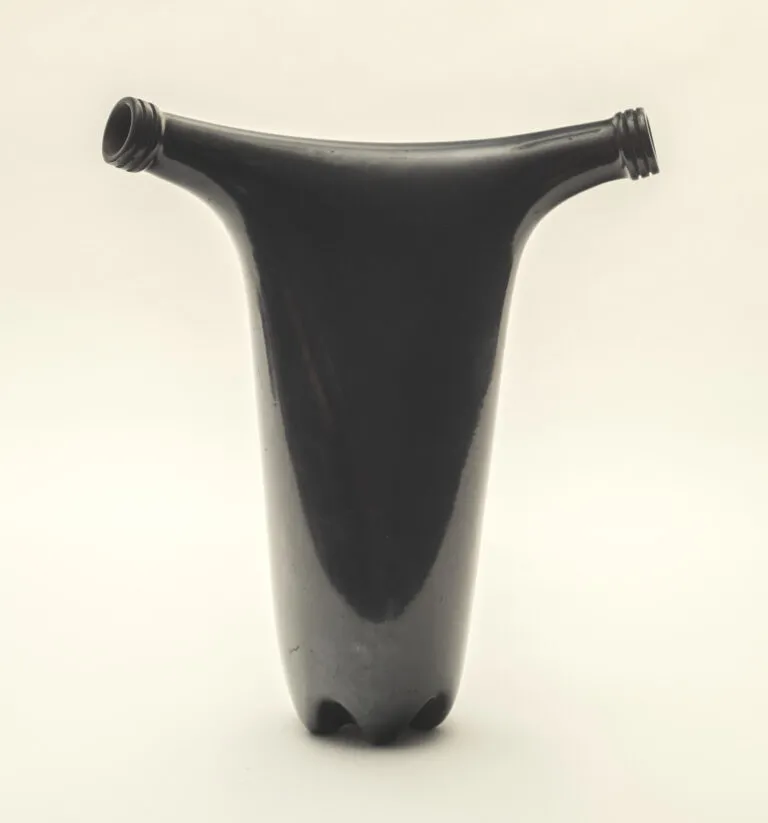Object Lessons
Objects often made by women, such as utilitarian or decorative pottery and baskets, have historically been marginalized within the canon of art history. Works on display here attest to the history of women as makers of objects that simultaneously preserve traditions and push boundaries in materials including clay, reeds, and silver.
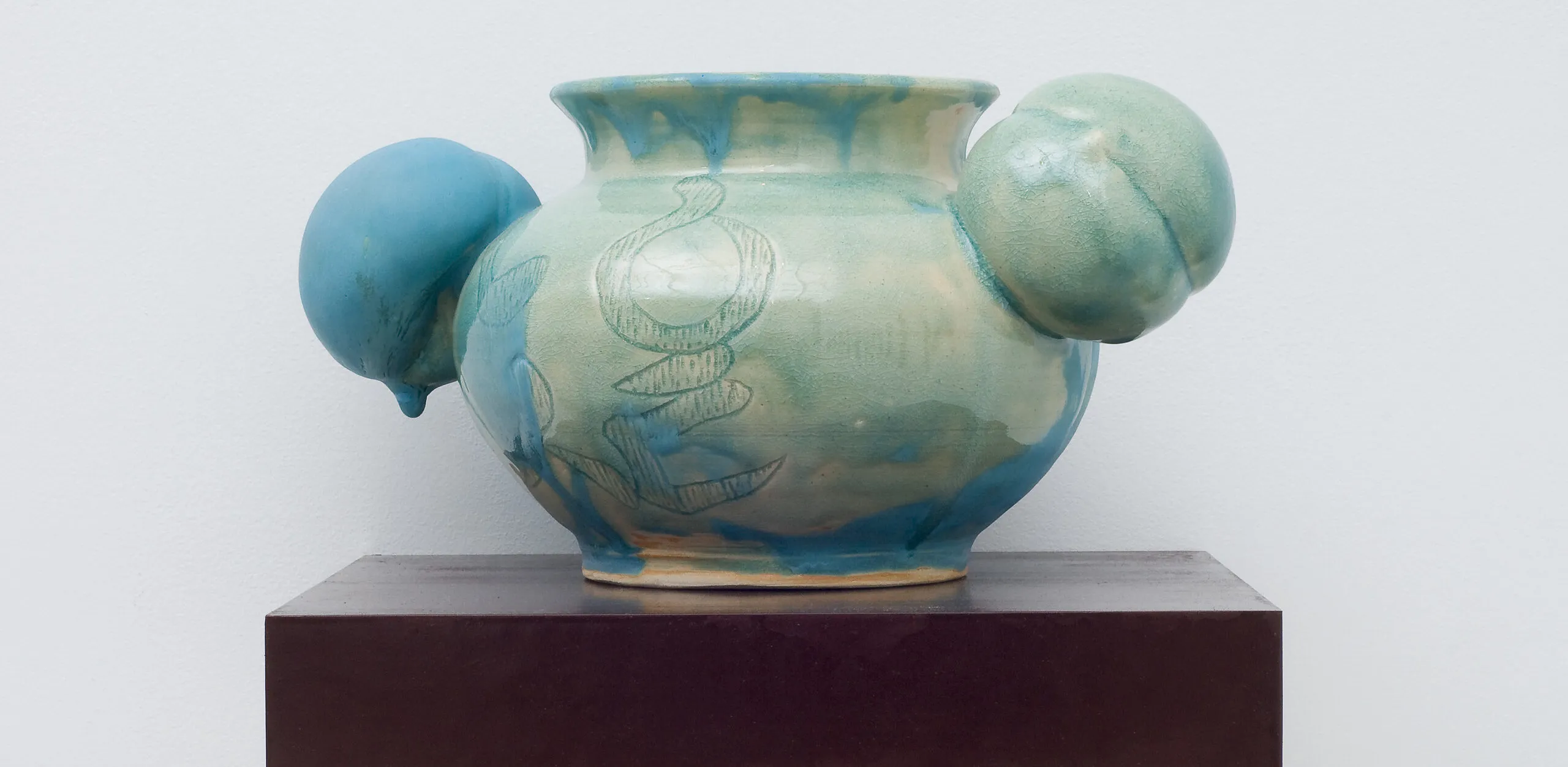
Jiha Moon, Leia, 2013; Ceramic and glaze, 13 x 8 x 8 in.; National Museum of Women in the Arts, Gift of the Georgia Committee of the National Museum of Women in the Arts; © Jiha Moon
A Closer Look

Daisy Makeig-Jones
b. 1881, Wath-upon-Dearn, England; d. 1945, Doncaster, England
Vase, ca. 1929 to 31
Bone china with underglaze, luster, and gilding
Gift of Arthur M. Eckstein and Jeannie Rutenburg
Makeig-Jones was employed by the Wedgwood pottery company for more than twenty years. During that time, she designed whimsical scenes that combined the influences of contemporary fairy tale illustration, Asian art, and Art Nouveau. This work is part of the Fairyland Lusterware line, featuring iridescent glazes, which Makeig-Jones produced for Wedgwood beginning in the 1920s.
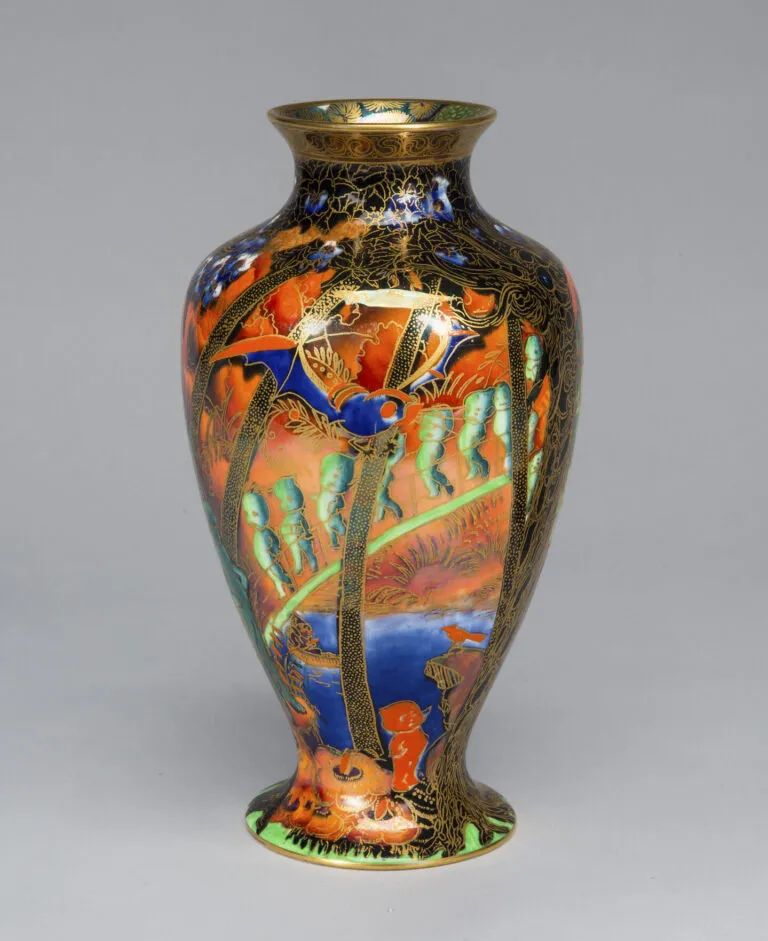
Jiha Moon
b. 1973, Daegu, South Korea
Leia, 2013
Ceramic with glaze
Gift of the Georgia Committee of NMWA
Moon playfully combines elements of contemporary American culture with those from Korean tradition. Here, the peaches appended to the main body of the pot symbolize longevity and happiness in Korean culture; they evoke the hairstyle of the Star Wars character named in the work’s title.

Francine Alex
b. 1950, unknown; d. 2014, Conehatta, Mississippi
Doubleweave basket, 2004
Swamp cane with aniline dyes
Gift of the Mississippi State Committee of NMWA
Alex carried on her Choctaw people’s traditions for making baskets, historically created by women. Made from reed, or cane, that grows on riverbanks throughout the Southeast, these baskets were once created for utilitarian purposes such as storing food. Today, these baskets are prized by collectors for their aesthetic qualities.
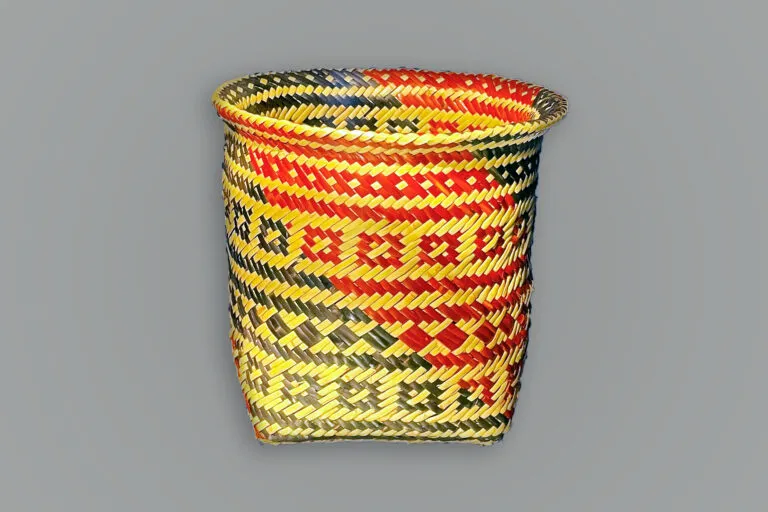
Alice Burrows
Active 1801 to ca. 1819, London
Regency teapot, 1816
Silver
Silver collection assembled by Nancy Valentine, purchased with funds donated by Mr. and Mrs. Oliver R. Grace and family
In 1801, Burrows registered as a silversmith in London after the death of her husband, George. It was relatively common at the time for widows to take over the family business upon the death of a husband. Burrows had her own maker’s mark, making it possible to identify works that she produced.
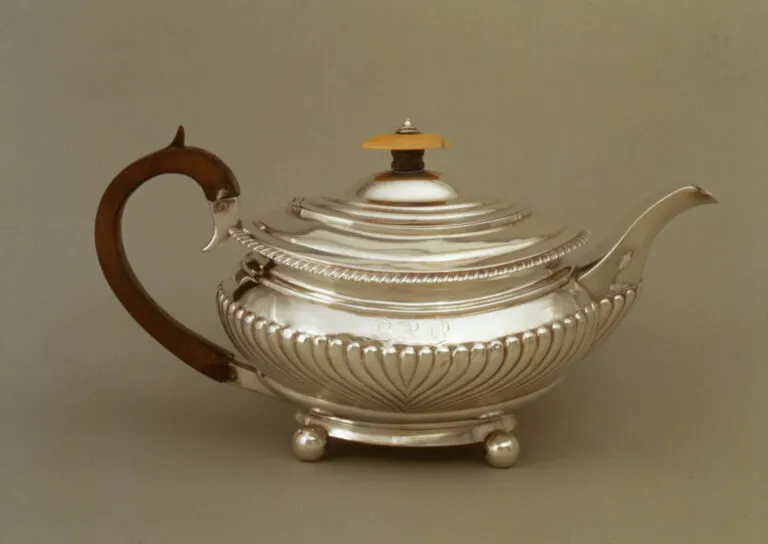
Jami Porter Lara
b. 1969, Spokane, Washington
LDS-MHB-WVBR-0118CE-12, 2018
Blackware
Museum purchase: Members’ Acquisition Fund
Using methods honed by Pueblo artists such as Maria Martinez, Porter Lara creates strikingly modern shapes referencing the ubiquitous plastic water bottle. Through this melding of traditional artistic practice and contemporary popular culture, Porter Lara asks us to consider where, or when, the dividing line between the two exists.
